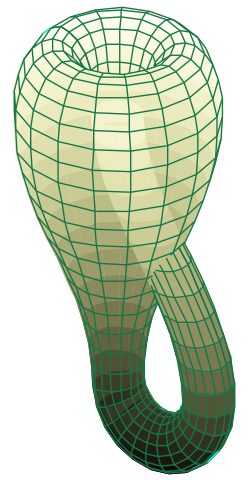I’ve spent the past few months developing a Optix based fractal renderer for my Major project team (as well as a little pipeline), it’s still unfinished but in the end I hope it has at least some of the following features (not all of them are done yet though):
- Editable scene compiled at runtime into a hit function based on a node graph (the runtime compilation/ptx patching is done, but the node graph still needs work and I’ve fallen back to hard coding the scene description for now). Although the node approach likely won’t be 100% as controllable as writing all the clever scene description stuff by hand (like Shadertoy), it would allow me to quickly patch together a cool looking scene.
- Passing in data from GUI controls without recompiling the whole hit function, maybe adding in the ability to keyframe values or derive their values per frame from Disney’s SeExpressions.
- Path Traced Lighting (Done, but looks very odd on my fractal geo, possibly related to me not moving ‘out’ when I hit before firing a shadow ray)
- Exporting to .exr with handy render passes (Done, OpenImageIO is great for this) – Here’s the output (my normal channel ends up a bit funky, likely related to the same issue that is causing the broken path tracing)
Current State
Although there’s still much to be done (outputting animating fractals for instance), this is the type of fractal I can currently render (with a little comp, thanks to the handy render passes):
Movement Test
The fractal in my major piece has to be moving, specifically some form of tunnel. Given the current state of the renderer, I had to do a separate test just to see how the fractals could move.





